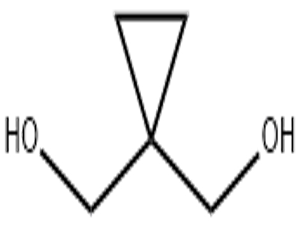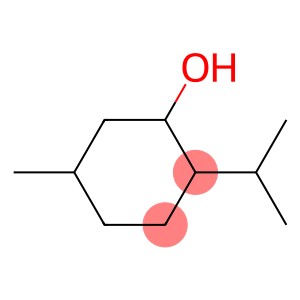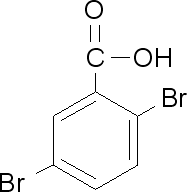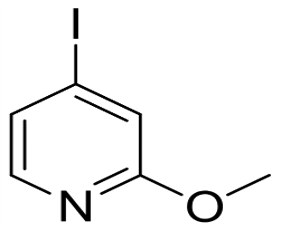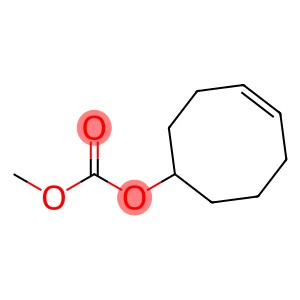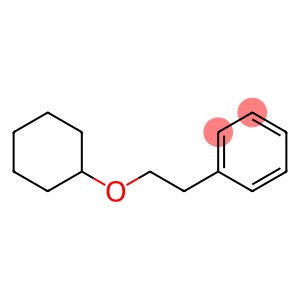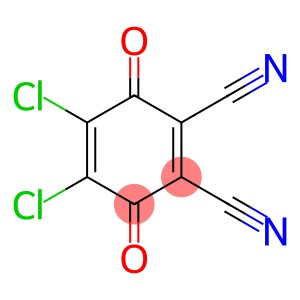1 1-Bis(hydroxymethyl)cyclopropane(CAS# 39590-81-3)
Risk and Safety
| Hazard Symbols | Xi – Irritant |
| Risk Codes | 36 – Irritating to the eyes |
| Safety Description | S26 – In case of contact with eyes, rinse immediately with plenty of water and seek medical advice. S36 – Wear suitable protective clothing. |
| WGK Germany | 3 |
| HS Code | 29021990 |
| Hazard Note | Irritant |
1 1-Bis(hydroxymethyl)cyclopropane(CAS# 39590-81-3) Introduction
2. Melting point:-33°C
3. Boiling point: 224°C
4. Density: 0.96 g/mL
5. Solubility: Soluble in water, alcohols and ether solvents.
1,1-CYCLOPROPANE DIMETHANOL are as follows:1. Used as a solvent for organic synthesis: Due to its solubility and reactivity, it can be used as a solvent to help the reaction proceed.
2. for the synthesis of catalysts: can be used as raw materials for the preparation of catalysts.
3. Used as a surfactant: In some industrial applications, it can be used as a surfactant for emulsification and dispersion.
The preparation of 1,1-CYCLOPROPANE DIMETHANOL is usually obtained by reacting cyclopropane and chloroform in the presence of a catalyst. Specific steps are as follows:
1. Add cyclopropane and chloroform to the reaction vessel in an appropriate molar ratio.
2. add a catalyst, commonly used catalysts include metal palladium and trimethyl boron oxide.
3. The reaction is carried out under constant temperature and pressure, and a longer reaction time is required at room temperature.
4. After the end of the reaction, the 1,1-CYCLOPROPANE DIMETHANOL product was obtained through the steps of distillation and purification.
For safety information about the 1,1-CYCLOPROPANE DIMETHANOL, please note the following:
1. 1,1-CYCLOPROPANE DIMETHANOL is corrosive to a certain extent, so skin and eye contact should be avoided. If exposed, rinse immediately with plenty of water and seek medical help.
2. during use or storage, avoid contact with oxidants and acidic substances to prevent dangerous reactions.
3. avoid inhalation of its vapor, should be in a well-ventilated place of operation.
4. It is recommended to wear appropriate protective equipment, such as gloves and goggles.


